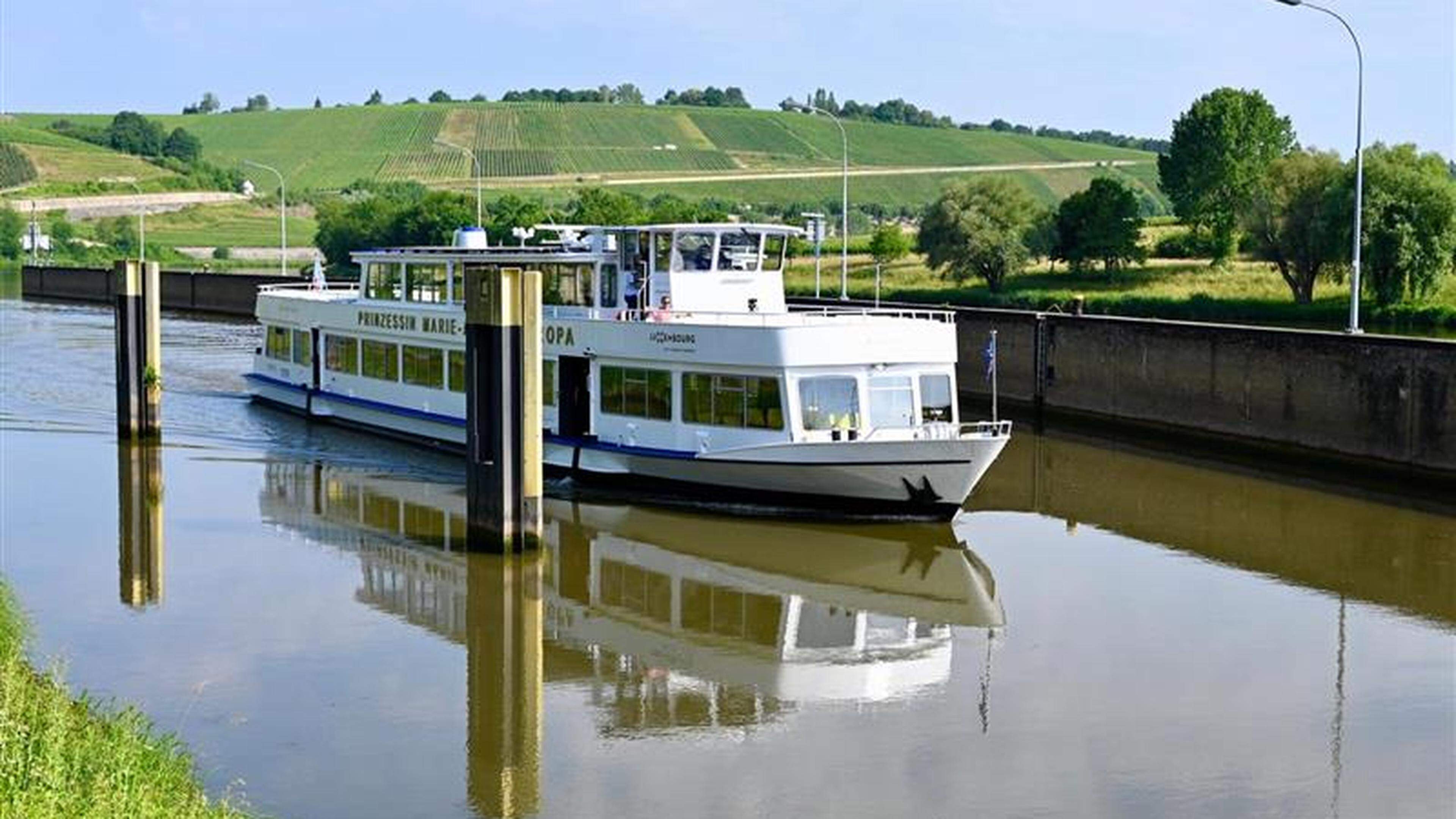Brokers: Build more Elderly homes to accelerate traffic flow
:format(webp)/s3/static.nrc.nl/wp-content/uploads/2025/06/12092343/data133529504-04f29a.jpg)
If many more elderly homes are built, that will lead to much more flow on the housing market. The NVM broker association states this in a report that will be published this Friday. The current new construction plans are now too focused on the construction of small apartments that are mainly popular with starters, according to the association.
In the report, the NVM signals that the flow on the housing market is particularly due to the fact that (single) elderly people continue to live in too large single -family homes, even after their children are out of the house. According to the research, this will not change for the time being, even if the generation of baby boomers has died.
« Building for the elderly sets moving chains, so that many more people can move to a home that suits them better, » says Lana Gerssen, chairman of the NVM Wonen department. The problem, says Gerssen is that there are insufficiently attractive alternatives for the elderly. « As long as they do not move, affordable homes for starters will remain occupied. »
Elderly people want to live larger
There is a lot of attention for the position of starters in the housing market. Due to a lack of suitable or affordable living space, many young adults live against their housing requirements in their parents or in a student room.
For that group, it is therefore fully focused on the construction of affordable starter homes, which are generally small due to the high square meter prices in living space.
According to the brokers, sales figures show that the elderly are less interested in small new -build apartments, but a somewhat larger apartment is. They want the bedroom on the ground floor and an outdoor space – and preferably near their familiar environment. Unlike most starters, the elderly can also pay this because of their better financial position.
Read also: Series about Elderly Houses
Move on to the housing market: ‘You have to tempt the elderly to leave their big house’
At the moment, older Dutch people are not even inclined to move. Figures from the Economic Institute for Construction (EIB) from last year show that only 2 percent of all households with residents over 75 move annually. For comparison: one in five households of the group between 25 and 35 moves annually.
This may be because many elderly people have become attached to their neighborhood over the years, talking to the neighbors and the home in which they have been living for a long time. The question therefore remains: if the supply would increase, the elderly would move?
Nevertheless, mixed forms of living, for example in courtyards in which we look at each other are considerably drawn. The big problem is that the supply lags strongly with demand. The Housing Agreement agreed at the end of last year that at least 290,000 elderly houses were added at the end of 2030. But due to lack of space, long permit procedures and the nitrogen problems, those numbers are according to the Court of Audit probably not achieved.
Nursing care homes
That the construction of more elderly houses automatically leads to more flow is not endorsed by everyone. From analyzes of the Economic Institute for Construction turned out last year That the building plans of 290,000 elderly homes will not lead to more flow for every type of home.
Although the planned 80,000 ‘clustered homes’ and the 40,000 independent nursing care homes are enough, the construction of 170,000 ‘accessible homes’ will in reality help with the flow. Due to death and the elderly who go to nursing homes, according to the EIB, 100,000 of these homes will be released up to and including 2030.

:format(jpeg):fill(f8f8f8,true)/s3/static.nrc.nl/wp-content/uploads/2019/10/youp5bij3.png)
:format(jpeg):fill(f8f8f8,true)/s3/static.nrc.nl/taxonomy/061fd2f-Rusman%252C%2520Floor%25202023%2520%255BDoomernik%25202320%255D%25201280%2520WEB.png)
/s3/static.nrc.nl/images/gn4/data133640382-b27d9d.jpg)


